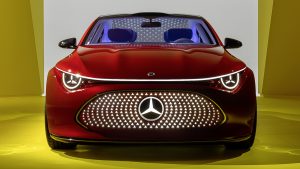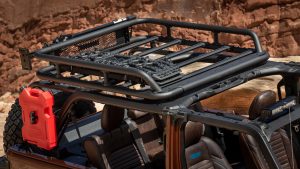Fiat has finally released the Fastback in Brazil. It brings the creativity the Italians used to apply in the 1990s plus the maturity they have acquired ever since
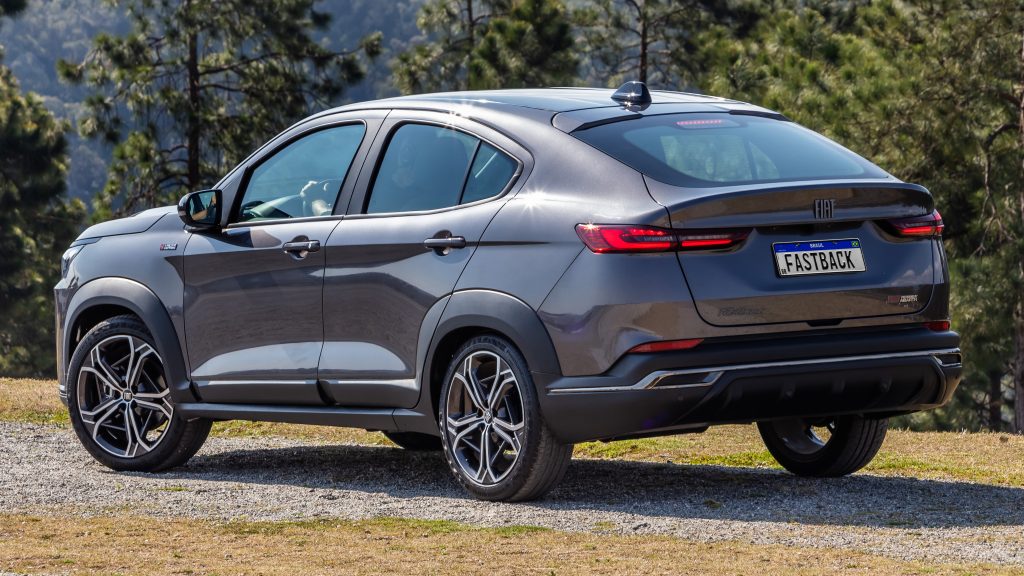
Whenever I chat about cars, it does not take long for me to reveal my favorite brand. While most car fans go to Ferrari, Porsche, or BMW, I have always chosen Fiat. One of the main reasons is the fact that it has done a beautiful job at understanding Brazilian people. In fact, the local branch has become independent enough to look like a company of its own, with exclusive projects like the Fastback you see above.
The other main reason is much more emotional. My interest in cars appeared in the late 1990s, which was a special time for Fiat. While it was thriving in Latin America with proven products, the Italian division was experimenting with innovative cars in new market segments. Most of its latest releases would brim with creativity and audacity for the standards of generalist makers. Just like the Fastback you see above.
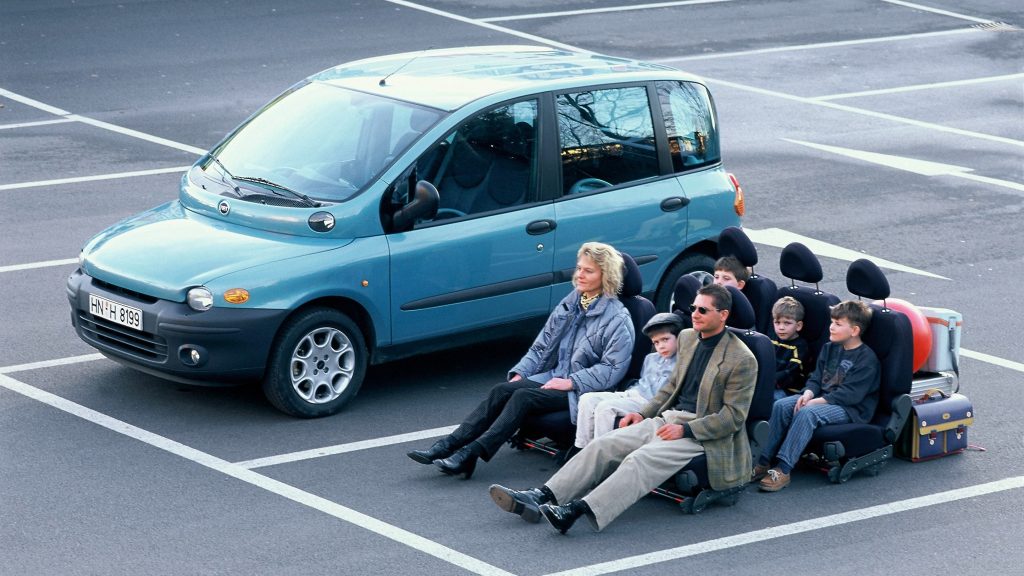
Family hauling with a twist
That decade marked the apex of minivans and Fiat wanted in. The Ulysse debuted in 1994 as part of a big badge engineering project executed with Peugeot and Citroën. They came as the result of expanding the Sevel joint-venture to the Northern branch in France. The same project also spawned the Citroën Evasion, Lancia Zeta, and Peugeot 806. The business vans Jumpy/Scudo/Expert shared parts with them as well.

However, Fiat had a much more famous minivan at that time. If you move past its permanent appearance on lists of ugliest cars, you will see that the Multipla was quite interesting. It was short (3.99 m) and wide (1.87 m), compared to its direct rivals, and had the unique configuration of two rows with three seats each. There was 430 L of trunk room, but it was possible to reach 1,900 L by removing the rear seats.
While the Ulysse followed a traditional recipe, the Multipla managed to stand out in the hottest segment of the moment. That seating layout gave its body the same width all the way to the roof to make enough room. Besides that, the extra width favored its stability and made it handle better than one would expect from a minivan. It is such a clever design that it deserved a spot at a MoMA exhibition back in 1999.

The sportiest Fiat ever
Generalist makers rely on high sales volumes, so they rely on proven cars. But we are talking about Fiat in the 1990s. The gem above is one of Chris Bangle’s first works and was produced by Pininfarina. While the design is unique inside and out, platform and powertrain came from the Tipo’s family. That duality made it an attainable dream. A true sports car that did not demand a millionaire budget to acquire or keep.
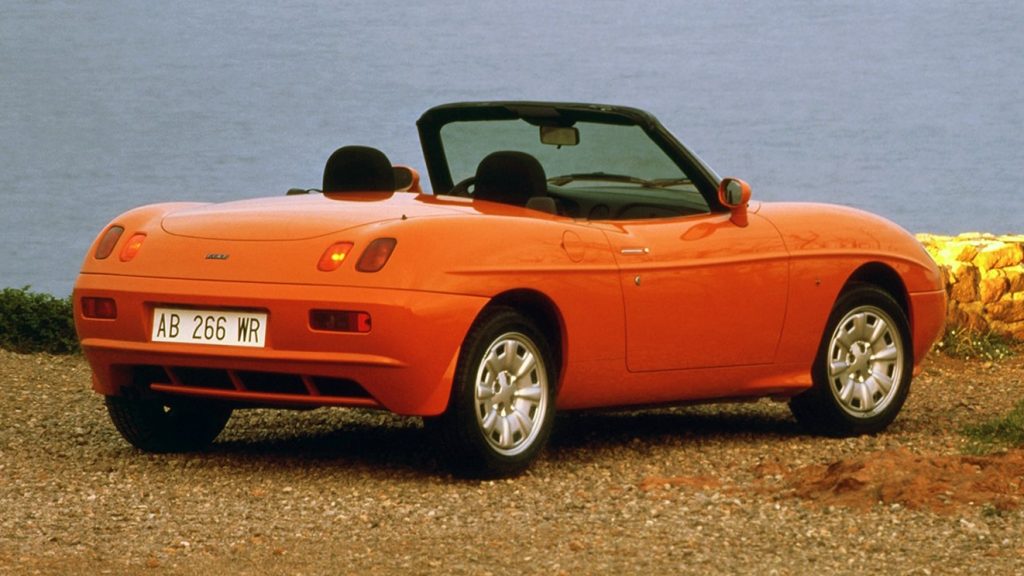
Fiat was in such a roll that the Coupé was not enough. The Barchetta came in 1995 as a compact roadster based on the Punto. Its main feature was the external design, with strong lines and swoopy shapes which gave its “little boat” name. While sports cars usually come only in upscale trim, the Barchetta had several versions. You could fill it with amenities or keep it basic to preserve the pure roadster experience.
While Fiat kept the Barchetta in Europe, it exported the Coupé to South America too. Brazil had lifted the import ban a few years earlier, so there was huge demand for emotional cars. Sadly, Fiat had to outsource their production and that brought some issues. The Coupé became expensive abroad, and the Barchetta had its production interrupted in 2002 because coachbuilder Maggiora went bankrupt in that year.

Roots were not forgotten
Now, do not think Fiat abandoned city cars in the 1990s. Hatchbacks, sedans, and station wagons were in fashion, so it made sure to bring them up to date. The Punto and Marea families brought smooth shapes, wedge-shaped front, and few creases to follow the aerodynamic trend. However, they had a few unique items here and there: the first Punto, for example, became famous for its vertical and elevated taillights.
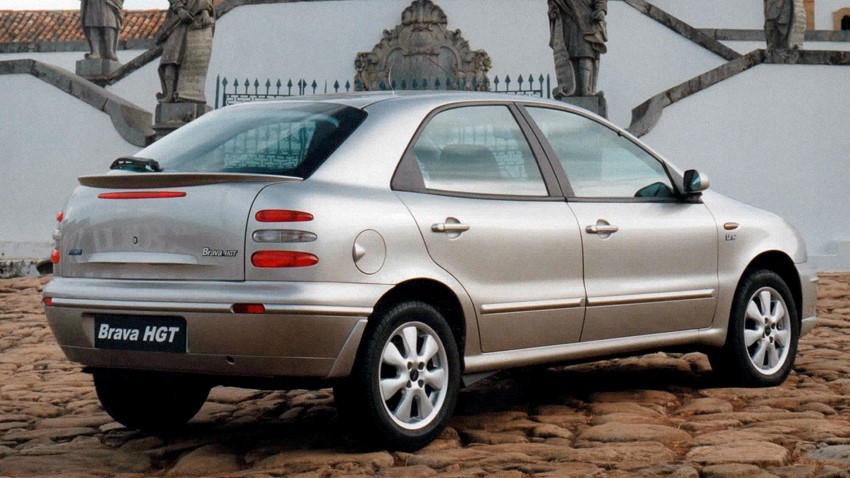
There was even more creativity in the midsize segment. The four-door notchback Brava and the two-door hatchback Bravo were rational and emotional counterparts. The Marea joined them in 1996 with powerful engines and elegant design. The sedan had a tall rear end while the Weekend had unmistakable taillights split in three. The latter also became popular in Brazil among fans, especially in the Turbo version.
In this case, Fiat was not so lucky beyond the fan public. Since it used to focus on compact cars, anything far from that lacked the necessary prestige for its target audience. Fiat streamlined its line in 1996 by not updating the Croma and did it again in 2001 by not giving the Stilo a sedan body. In fact, the turn of the 21st century is when Fiat incurred financial trouble and entered that period of austere car releases.
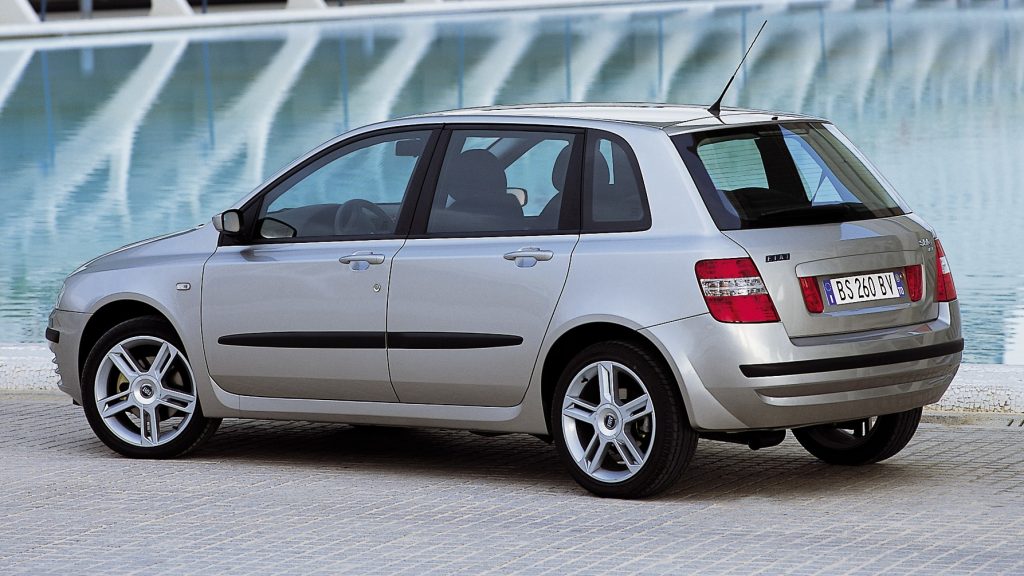
The long limbo
While all those cars raised interest at the time of release, only a few sold well enough. That and increasing pressure from direct rivals drove Fiat into troubled times in the 2000s. It had to focus on conservative cars and market segments to minimize its risks of financial loss. That is the time when the only cars that really prospered were entry-level ones, like Panda, Palio and Punto, and commercial ones like the Doblò.

Things would only turn around in 2005 for a bitter reason. GM wanted to end the partnership it had with Fiat back then, and the only way was settling for a payment of US$ 2 billion. Long story short, that money made the Italian maker stable again and helped it plan its next steps. One of them was acquiring Chrysler in 2008, when the financial crisis took North American automakers to the verge of bankruptcy.
Over time, Fiat left that essentially utilitarian phase to invest in characterful cars. The global success of the 500 encouraged it to explore a retro niche while Punto and Strada, among others, kept the brand strong in generalist segments. Things became even better once Fiat, now part of the FCA group, joined the PSA group to make Stellantis. However, Fiat was already planning some great things for itself before that.
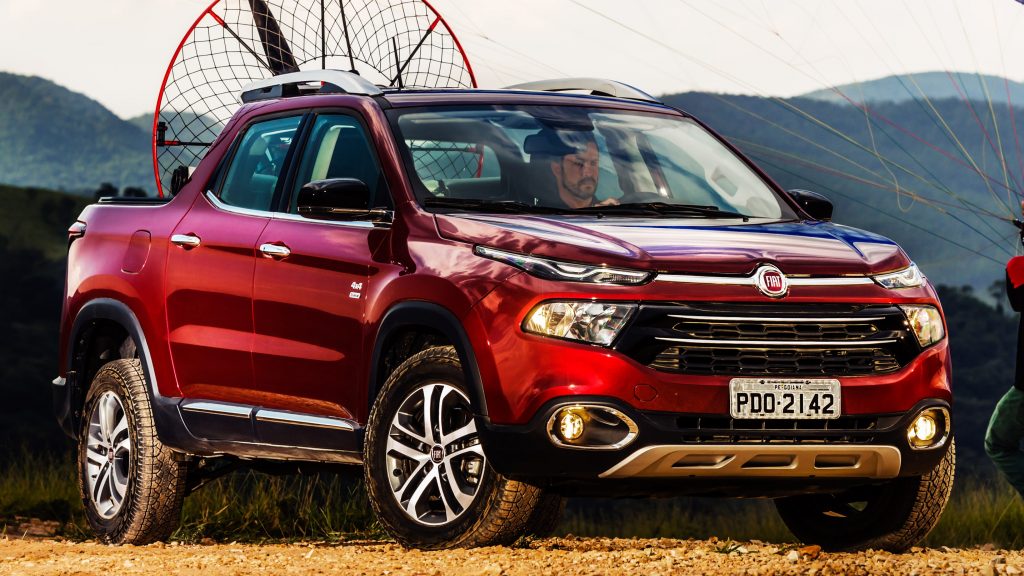
La dolce vita with Fiat
The past few years marked an effort to move upwards. Fiat entered a whole new segment with the Toro in 2016, then redesigned its compact lineup to make it more stylish. The Latin American branch had success with Argo, Mobi and Strada while the European one has thrived with the 500 and the Tipo. Now that Fiat is part of a big automotive group with many different brands, it had to create a clearer image for itself.
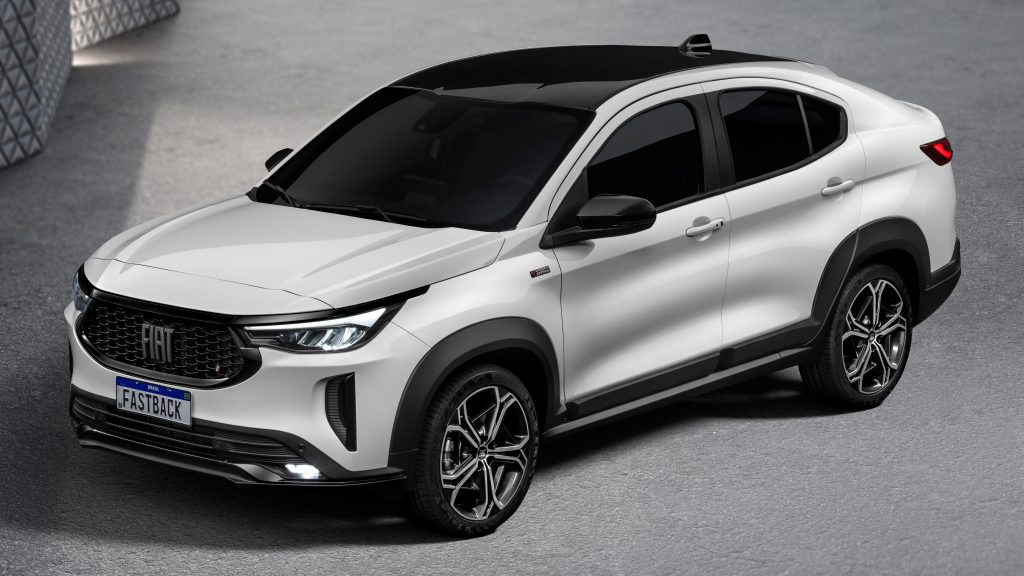
The Fastback comes as the latest result of that move. Fiat will probably never venture into the SUV craze completely because there is Jeep for that. Instead, it released city cars with off-road appeal like the Pulse and the Tipo Cross. Later, the Fastback has come with a premium position within the generalist market. It follows the even younger trend of coupé crossovers that AutomoBible has already covered.
Nowadays, Fiat has been applying its creativity and passion in a mature way. No more experimental style ideas nor projects of questionable sales performance. Besides, since the strategy of dividing its operation so heavily between Italy and Brazil has worked so well, the automaker is not likely to change that any time soon. What do you think of the Fastback? Are you excited about Fiat’s latest releases and new strategy?
Danillo Almeida has explored his passion for cars in two distinct ways. The first one is his graduation course in Mechanical Engineering, which will hopefully lead to a job position in the field. The other one is expressing his knowledge and opinions on the matter through writing. Almeida has already contributed to blogs, stores, and websites in general writing automotive content in many formats.

